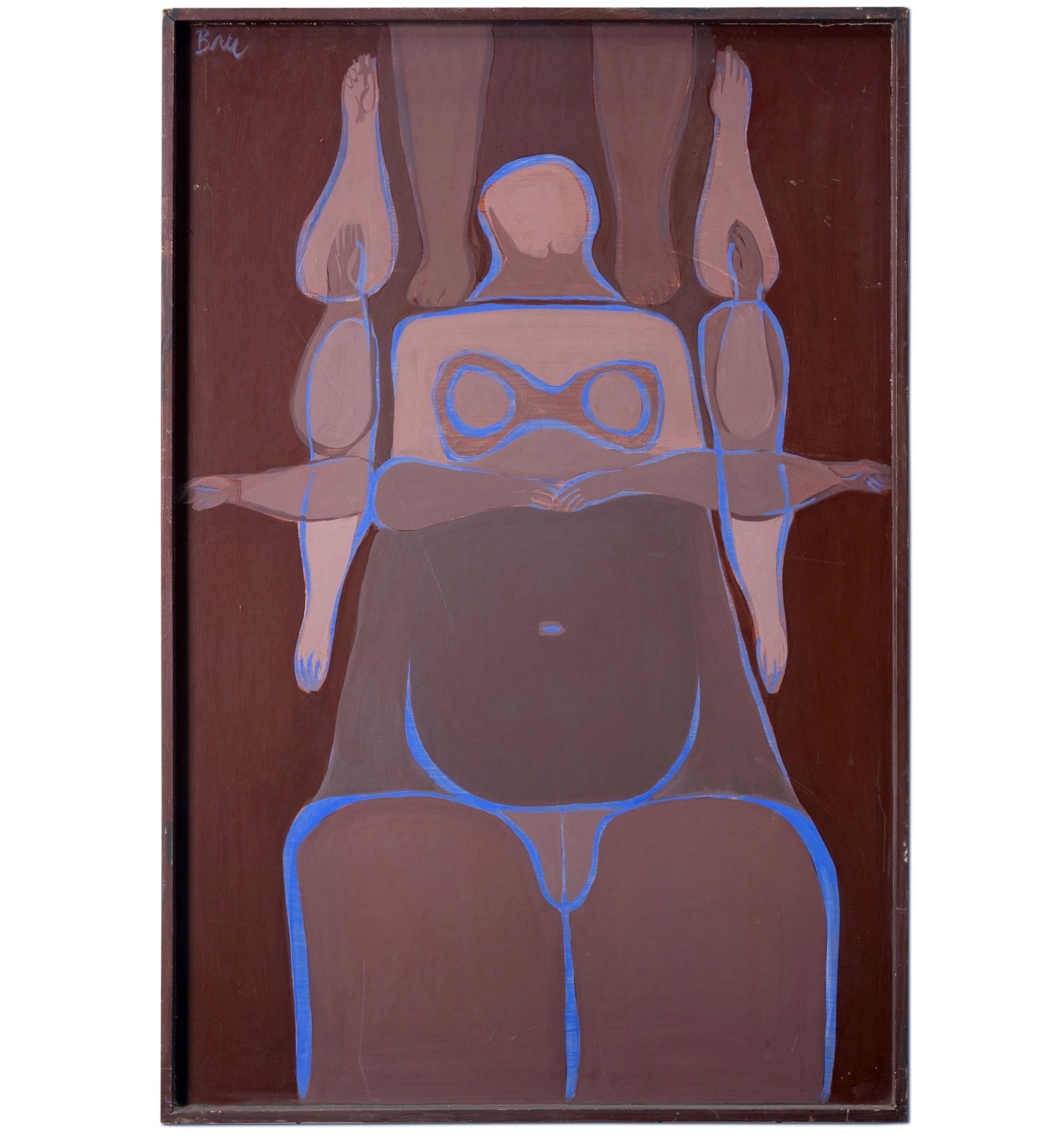The Museu Nacional incorporates the work Dona amb les seves parts (Woman and her parts) by Roser Bru
The Museu Nacional incorporates the work Dona amb les seves parts (Woman and her parts) by Roser Bru
The work which has now been incorporated in the Museu Nacional, Dona amb les seves parts (Woman with her parts), from 1968, is a deposit of the Generalitat de Catalunya within the framework of the formation of the National Collection of Contemporary Art, within the Comprehensive Plan of the Visual Arts. This work is part of the work process carried out by the Museu Nacional in recent years to build the post-war collection.
Femininity and its representations were one of the main concerns of this post-war artist. Roser Bru (Barcelona, 1923) has become one of the great names in Chilean art in the 20th century. She arrived in that country in 1939 aboard the ship Winnipeg, on the rescue trip for exiles organised by Pablo Neruda. This impression of the Civil War and of exile, together with an inalienable Catalan identity, has been fundamental to Bru's life and work, and began to manifest itself as a central theme from 1973 onwards, when the coup d’état of Pinochet would converge with the tragic Spanish history.
Bru would link image, testimony and denunciation in a pictorial proposal that uses the resources of the avant-garde and communicative experimentation, and in which she combines portrait and abstract composition in a surprising and effective way.
For an artist who works from experience and commitment with the present, political history could not be the only goal. There is another great subject in Bru, which occupied her especially in the sixties but which she never abandoned: the woman and the feminine condition.
The work that has now been incorporated in the Museu Nacional has the qualities of solemnity and plastic power that are typical of the work of this artist. The frontal nature and her voluptuousness refer us to the famous female statuettes of prehistory and transmit a feeling of energy, of power. She is a totemic figure, mysterious and at the same time carnal, who shows a determination ready to resist the onslaught of history. It is dated to the historic year 1968, and coincides with the rise of feminist vindication. In this sense, this work joins those of other artists recently added to the collection, such as Mari Chordà, with her Self-Portrait Pregnant, Maria Girona, with the Portrait of Isabel Garriga (1958), or Silvia Gubern , with Cosmo (1973).













